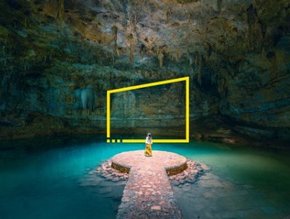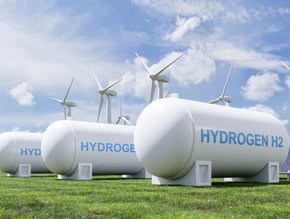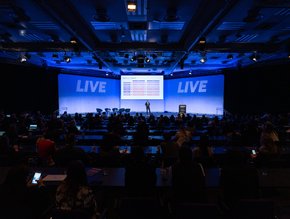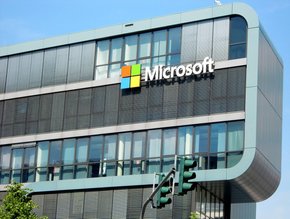Unit 3 of Barakah Nuclear Plant connected to UAE power grid
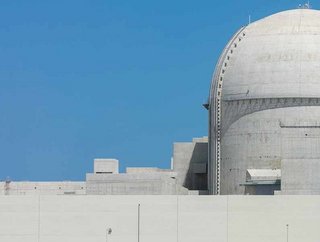
Emirates Nuclear Energy Corporation (ENEC) has announced that Unit 3 of Barakah Nuclear Plant has been safely and successfully connected to the UAE’s transmission grid, delivering the first megawatts of carbon-free electricity from the third of four units at the plant.
Energy security and sustainability
The announcement came after the recent start-up of the unit by ENEC’s operations and maintenance subsidiary, Nawah Energy Company, who also oversaw the connection to the transmission grid. Unit 3 will add another 1,400MW of zero-carbon emission electricity capacity to the national grid, a statement said.
It added that the connection represents a major step forward in guaranteeing the UAE’s energy security and sustainability.
Lauding the milestone, ENEC Managing Director and CEO Mohamed Ibrahim Al Hammadi said: "Our leadership’s long-term vision and decisions more than 13 years ago are paying dividends today as we celebrate another proud moment for the UAE Peaceful Nuclear Energy Program."
"Connecting Unit 3 to the UAE transmission grid adds thousands more megawatts of clean electricity to power all aspects of society, replaces the need to burn US$4bn worth of gas which can be diverted for export, and through Clean Energy Certification, gives many companies in the UAE a unique competitive advantage," stated Al Hammadi.
Both Units 1 and 2 of Barakah Nuclear Plant are already in commercial operation and have been generating clean electricity 24/7. With Unit 3 now close to commercial operation, Barakah will also be helping to accelerate the decarbonisation of the power sector and will form an essential part of the UAE’s Net Zero 2050 Strategy, he added.
Following the grid connection, ENEC said that Unit 3 will go through the process of gradually raising its power levels – a procedure known as Power Ascension Testing (PAT). It will be continuously monitored and tested until maximum electricity production is reached. All local regulatory requirements and the highest international standards of safety, quality and security will be followed, the company added.
Nuclear energy for the UAE’s clean energy system
The nuclear sector is set to be a vital part of the UAE’s clean energy system of multiple low-carbon technologies. It aims to ensure the reliability, efficiency, and resilience of the UAE grid for at least the next 60 years, ENEC asserted.
The four units at Barakah alone are contributing 25% of the UAE’s National Determined Contributions to Net Zero and is the country’s largest source of dispatchable clean electricity.
“The plant demonstrates how nuclear energy projects can be delivered safely, successfully, and competitively to tackle growing carbon emissions. Through clean electricity generated at Barakah, nuclear energy is helping to decarbonise some of the most energy intensive sectors,” the statement concluded.


